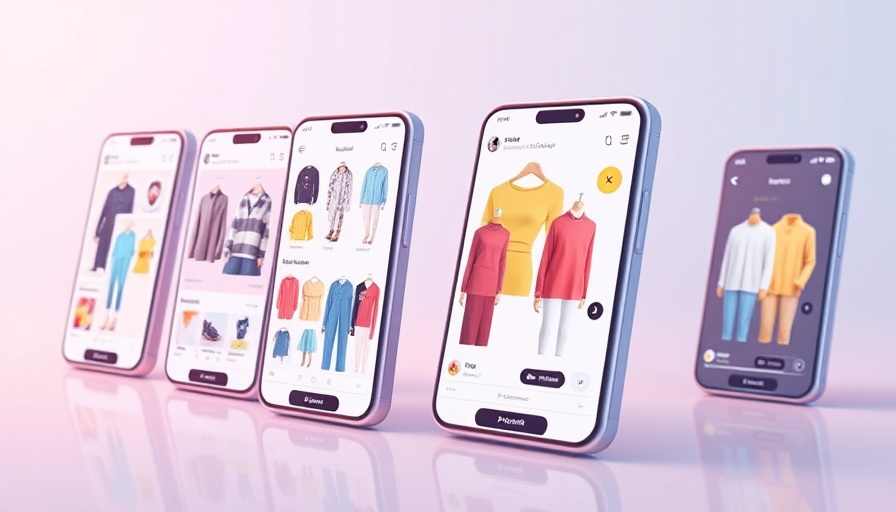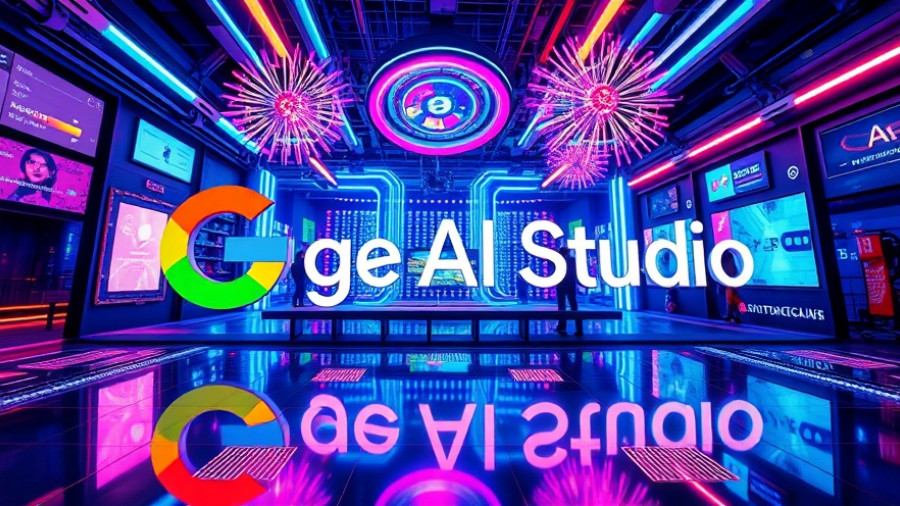
Revolutionizing Online Shopping: How AI is Changing the Game
The rise of online shopping has led consumers to look for more engaging and personalized experiences. Now, Google is stepping up with its innovative AI and augmented reality (AR) tools, giving shoppers exciting new ways to try on clothes and makeup before making a purchase. With features like virtual try-ons and improved visual matching technology, Google is enhancing the digital shopping landscape dramatically.
Virtual Try-On: Experience the Future of Shopping
Imagine being able to see how a shirt fits you, not just by looking at a static image, but through a realistic virtual try-on feature that shows it on diverse models. Google’s new virtual try-on technology utilizes generative AI to create extremely accurate representations of clothing items on various body types and skin tones. This technology tackles a significant pain point in online shopping: uncertainty about how an item will look in real life.
With approximately 42% of shoppers feeling unrepresented by traditional model images, this cutting-edge feature allows users to visualize how clothes will drape and fit them based on their characteristics. It opens up a world of possibilities for getting the perfect outfit before making a purchase.
Enhanced Refinement Tools: Finding What You Love
Alongside virtual try-ons, Google has introduced guided refinements. This means shoppers can effortlessly fine-tune their searches by adjusting factors like color, style, and price. With machine learning at play, this feature creates an intuitive shopping experience that feels as natural as browsing through a store, even if it’s online.
This technology allows users to sift through millions of products quickly, much like having a helpful store associate guiding them to find alternatives that fit their preferences. By merging this approach with AI capabilities, e-commerce is evolving, providing consumers with choices at their fingertips.
The Impact of AI on Consumer Shopping Habits
Interestingly, a survey shows that 59% of online shoppers are now open to using AI for their shopping needs. This is a clear indication that consumers are looking for tech advancements that bring convenience and personalization into their purchasing processes. The success of Google’s AI features not only enhances user experience but also positions the company as a leader in the evolving online shopping sector.
In an economic climate where consumers are more cautious, they tend to conduct thorough research before making purchases. According to a 2024 e-commerce survey, almost 49% of buyers engage in extensive comparison research, making Google’s AI shopping advancements even more relevant.
Future Trends: What’s Next for AI in E-Commerce?
With Google committing to expanding its AI capabilities, we can expect to see even more innovative features rolling out in the future. The combination of AR with AI is set to redefine shopping not just for clothing but also for makeup and accessories. Soon, users will be able to try on full beauty looks virtually, utilizing tools that pull from popular styles and available products across various brands.
This emphasis on inclusivity and representation within e-commerce platforms hints at a bigger trend: personalized shopping experiences that resonate with a broader audience. As brands adapt, it’s crucial for businesses to consider how AI can help them meet consumer expectations while enhancing their brand narratives.
Take Action: Embrace AI in Your Shopping Strategy
For professionals and marketers, leveraging AI isn’t just about adopting new technologies; it’s about understanding how these advancements can optimize your customer engagement strategies. Whether you're focusing on SEO updates for your e-commerce site or exploring content marketing strategies tailored for visually-driven platforms, integrating AI tools will not only enhance user experience but also improve your overall marketing ROI.
Stay ahead of the curve by experimenting with Google’s AR and AI functionalities to provide a seamless shopping experience that captivates customers and fosters brand loyalty.
As we look toward 2025, it’s essential to keep an eye on emerging trends in AI, visual search optimization, and digital marketing breakthroughs to ensure your digital presence remains competitive in an increasingly complex marketplace.
 Add Row
Add Row  Add
Add 




Write A Comment